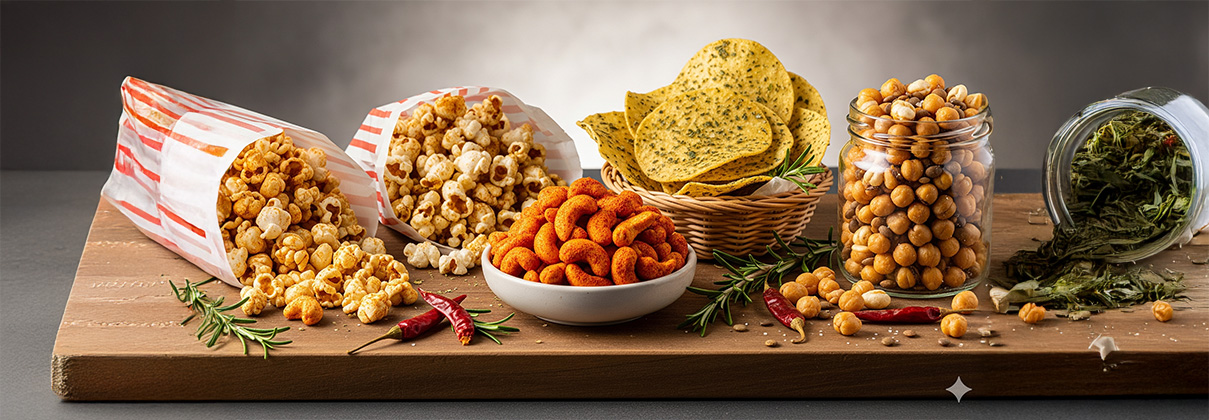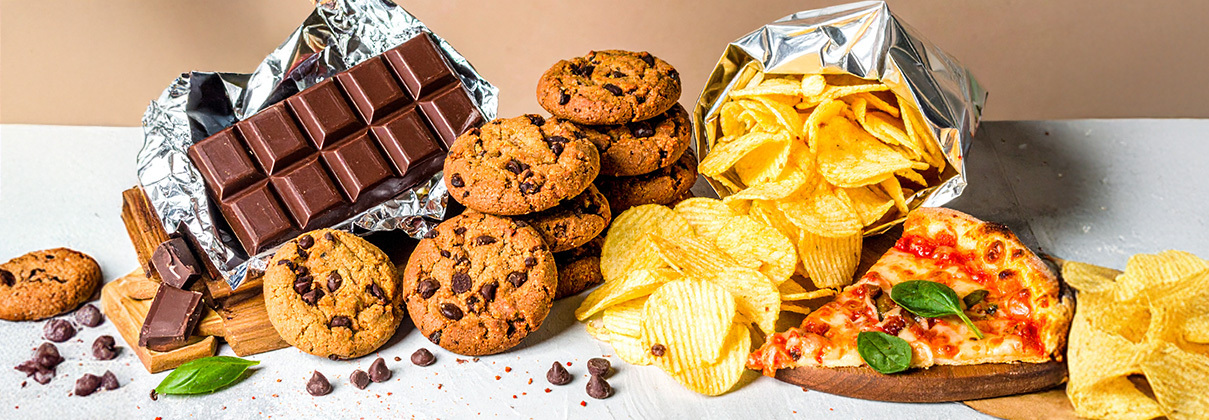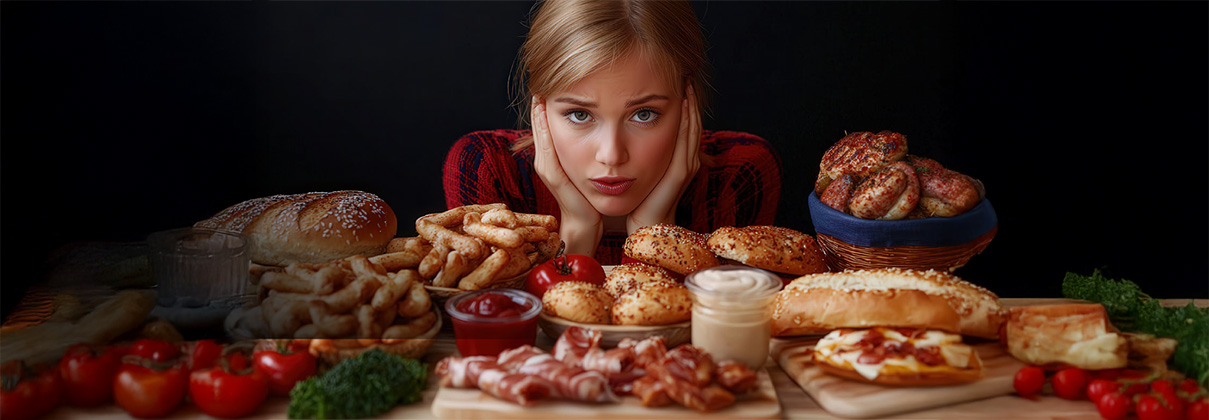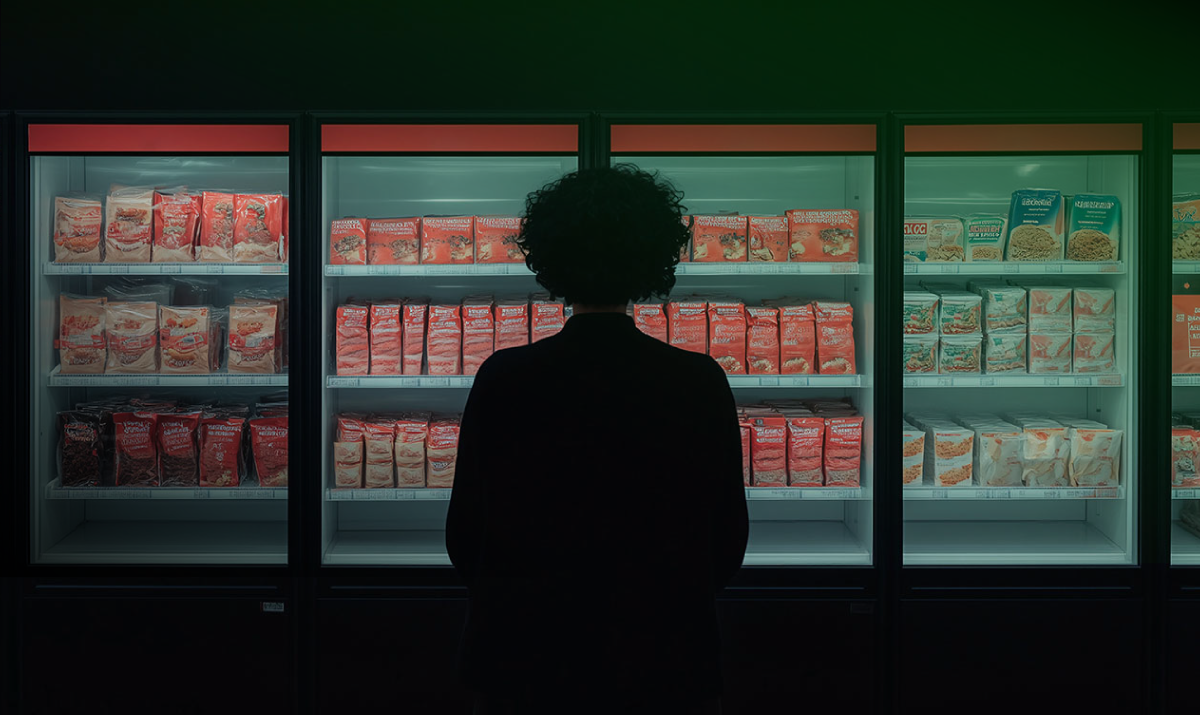May 29, 2025
/
In a market that prizes transparency, today’s food and beverage packaging often reads more like a resume than a label.
From certifications and callouts to ingredients and health claims, brands are competing to show consumers everything, all at once. But as packaging real estate gets increasingly crowded, are we starting to lose the shopper’s attention (and trust)?
Transparency Fatigue Is Real
Consumers still want to make informed choices, but they’re also tired of deciphering a cluttered package. Phrases like “non-GMO,” “gluten-free,” “keto friendly,” “all natural,” and “made with ancient grains” can start to blur when presented all at once. Too many callouts may reduce credibility, or worse, make the product seem overly engineered or disingenuous.
Insight: Research suggests that while transparency boosts trust, an overload of claims can trigger decision paralysis—and reduce purchase intent.

The New Rules of Label Simplicity
The shift toward “quiet labeling” is gaining traction. Instead of shouting every feature on the front panel, brands are moving toward minimalist designs, clean fonts, and streamlined messaging. Strategic use of icons, QR codes, and intuitive back layouts helps consumers find what matters to them without overwhelming them.
Flavor Connection: Simpler labels often coincide with flavor simplicity, highlighting just a few recognizable ingredients or origin stories (e.g., “Sea Salt from Brittany” vs. “Contains Sodium Chloride”).
Flavor Descriptions That Guide, Not Gimmick
The way flavors are described on packaging can also contribute to overload. Piling on descriptors like “bold,” “smoky,” “umami-rich,” and “artisan-crafted” may feel exciting in isolation, but cluttered when grouped together. Consumers crave a balance of curiosity and clarity.
Tip for brands: Choose one or two distinct descriptors that set the tone—and trust your flavor to do the rest.

What Consumers Actually Want to Know
Data shows that shoppers prioritize certain information above others: ingredient transparency, allergens, sourcing origin, and ethical practices consistently rank high. But even these should be shared in a hierarchy—front-of-pack for the essentials, back-of-pack for the deep dive.
Opportunity: Use your label to tell a flavor story—briefly. Origin, processing method, or cultural inspiration can be more engaging than a laundry list of health claims.

Conclusion
As brands strive to communicate values, function, and flavor in one glance, it’s worth asking: are you informing—or overwhelming? The future of food labeling isn’t about saying less—it’s about saying it better.
Insights & Trends

From Snack to Savor
October 13, 2025

Precision Fermentation
September 29, 2025

Snackification Nation
September 12, 2025

Snack to the Future
August 28, 2025

Fizz With Benefits
August 13, 2025

Satisfy in a Single Bite
July 28, 2025

From Brine to Brain
July 14, 2025

Taste Bud Turmoil
June 26, 2025

The Salty Snack Game Is Changing: What It Takes to Win with Today’s Consumers
June 13, 2025

Label Fatigue: Are We Overwhelming the Consumer with Too Much Information?
May 29, 2025
View All Blog Posts
